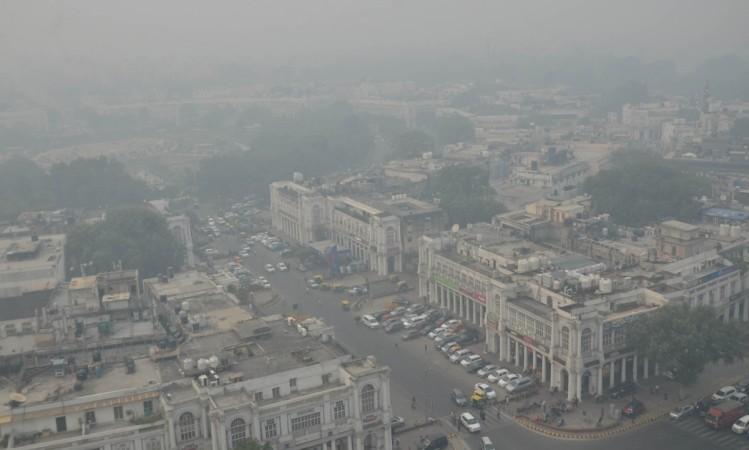Not surprisingly, COVID-19 lockdowns have reduced carbon dioxides, nitrogen oxides and sulfur dioxides, due to reduction in transportation and fuel combustion gases. Along with these findings, a study in China has shown a significant reduction in airborne ammonia as well, though it is strongly believed that this gas is linked agriculture and essentially a rural phenomenon.
The reduction in ammonia in urban Beijing could be from combustion sources rather than agricultural emissions, said atmospheric scientist Dr. Yuepeng Pan of the Institute of Atmospheric Physics, Chinese Academy of Sciences.
However, some researchers are surprised by the substantial decrease of ammonia amid lockdowns, since agricultural activities remained idle during Spring Festival holidays, which coincided with the lockdown in early 2020 in China.

In an earlier study published in Advances in Atmospheric Sciences, Dr. Pan and his team tracked isotopic signatures of ammonia sources with updated sampling to find that nearly 66% of ammonia in urban Beijing was contributed by non-agricultural emissions.
Urban sources of ammonia
While the debate continues over sources of ammonia in cities, the lockdowns that forced cancellation of Spring Festival celebrations last year provided ample opportunity for these sceintists to check whether fossil fuel combustion is a major source of ammonia in the air within urban regions. Relatively low ammonia concentrations should be observed if vehicular emissions are reduced during the Spring Festival.
Pan and his team used machine learning algorithms to project models of meteorological influence. They found that the actual atmospheric ammonia concentration dropped to a new minimum during the 2020 Spring Festival at both urban (Beijing) and rural (Xianghe) sites.
Recent findings in China
Without lockdowns, ammonia concentration calculations were 39.8% and 24.6% higher than the observed values in 2020 at urban and rural sites, respectively, shows the new study published in Atmospheric Research.
"Future control strategies should consider the emissions of ammonia from the transportation, industrial and residential sectors, considering that agricultural emissions are minor in cold seasons." said Pan explaining the vast difference observed during the lockdowns.
The significant difference between the two sites indicates a larger reduction of ammonia emissions in urban areas is achievable with reduced human activity.
India Study
Even in India, a study conducted by a team of 10 researchers from the University of Surrey's renowned Global Centre for Clean Air Research (GCARE), published by Sustainable Cities and Society, showed significant reduction in combustible gases in atmosphere during the lockdown period.

The researchers from Surrey's GCARE studied the levels of harmful fine particulate matter (PM2.5) originating from vehicles and other non-vehicular sources in five Indian cities - Chennai, Delhi, Hyderabad, Kolkata, and Mumbai - from the start of the lockdown period in March to 11 May 2020 and compared the pollution figures with those from similar periods of the preceding five years.
The results showed that the lockdown reduced concentrations of harmful particles across all five cities, from a 10% reduction in Mumbai up to a 54% reduction in Delhi. These reductions in PM2.5 were found to be comparable to reductions in other cities across the world, such as in Vienna (60%) and Shanghai (42%).
The team has calculated that the reduction may have saved 630 people from premature death and $690 million in health costs in India. Professor Prashant Kumar, Director of GCARE, said: ""While the reduction in PM2.5 pollution may not be surprising, the size of the reduction should make us all take notice of the impact we have been having on the planet."















